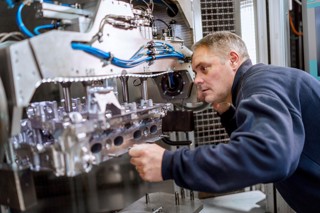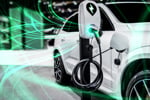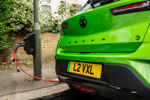Their move follows that of General Motors, which abandoned its own 42-volt programme earlier this year.
Vehicle manufacturers have been exploring the concept as a means of meeting the increasing electrical demands of their vehicles. Future cars could require more than twice the electrical output of today’s. About three kilowatts of power are currently required to operate electronically assisted braking, steering, safety and entertainment systems.
However, to incorporate the 42-volt system would require a total redesign of every electrical component in a vehicle, from a simple headlamp bulb to the engine management unit. The electrical systems would also require extra protection to prevent damage and interference.
In addition, the system would be incompatible with hybrid powertrains currently in development. Consequently, the carmakers have decided converting to 42-volt would be too expensive.
They may now take inspiration from modified car fanatics, who have been getting round the 12v system’s limited electrical provision for years. Their answer is to use additional high-output batteries in a separate circuit dedicated to their In Car Entertainment (ICE) .


















Login to comment
Comments
No comments have been made yet.